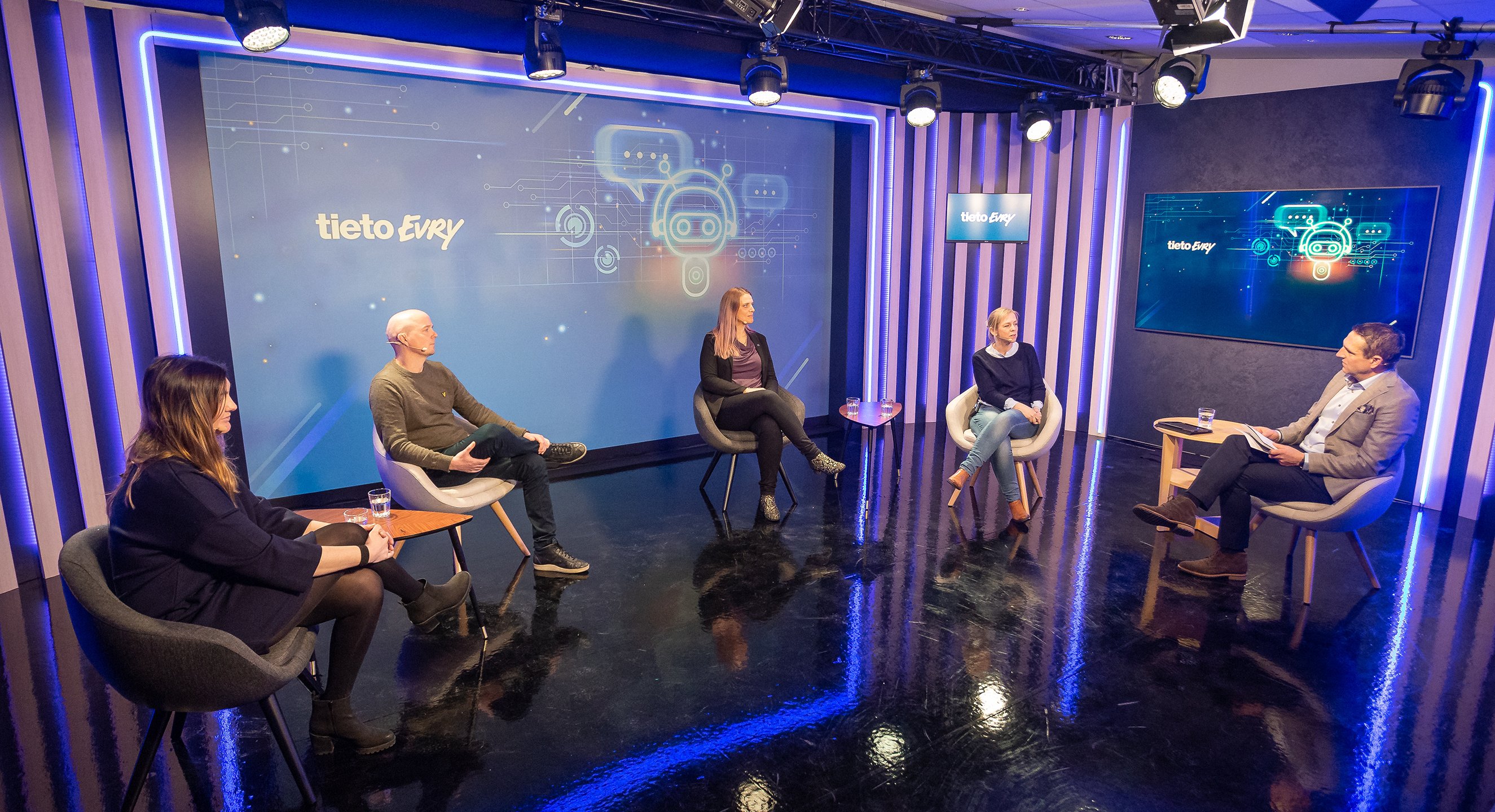
The joy of being told what to wear in your native language
Time to talk about how we unlearn what we know to be true about service design, and how we use and develop technology in an inclusive way.
In general, there is a discrepancy in the way technology is used. Technology is created and used by people who have no trouble logging into their mobile bank or buying their groceries online – people like you and me. Having said that, I believe that we should approach the discrepancy not with fear, but as an opportunity for us to unlearn what we know to be true and become better at what we do.
Increasing the feeling of independence
During autumn 2019, I started working with an agile innovation-focused team to create something new for the city of Helsingborg. As most of you know, the public sector is under exceptional strain during the pandemic, and the preschools are no exception. Caring for a preschooler is a very important job, to say the least. The staff is continuously trying to spend quality time with each child, and at the same time, they’re teaching them to become independent individuals that can seek out information on their own. The City of Helsingborg and our team strongly believe that we could increase the children’s well-being by increasing the independence they experience. And by increasing the independence, we could remove some of the strain of the staff by reducing the amount of time they were asked the same question by the same children repeatedly, meaning they could spend more quality time with the children they care for.
Unlearning what I know
As a Service Designer, it’s my mission to get inside the heads of the user groups, find the pain point and eliminate them and bring forth functions that bring value to them. Myself and my team were now faced with a completely new challenge, designing digital services for those that aren’t typically catered for. I had to unlearn, something which sounds less challenging than it is. I had to unlearn what brings joy; is it being able to have a look at the menu and seeing a picture of the food, or is it having the food read out to you in the language you speak at home?
Inclusion by design
In the project LAIban, we developed an AI-bot, presented as an app on an iPad, that allows the preschoolers to become more independent individuals. They can ask LAIban what to wear before heading outside, and LAIban quickly gathers the weather forecast-data and gives them a suggestion, with descriptive images to follow. They can ask what’s for lunch, and LAIban quickly translates the municipality’s menu to something the children understand; “Farmed cod with breadcrumbs, pureed new potatoes with a lemon and dill sauce” becomes “fish, potatoes, and sauce”. However, inclusion is much more than being able to understand something; it’s also about being represented and being able to share something. LAIban speaks and displays text in numerous languages, meaning that preschoolers who don’t have Swedish as a native language spoken at home can share their language with their peers. To us, this was simply a language feature. To the children, this was a source of pride and joy; they weren't just being included, they were being seen. As a Service Designer, contributing to making children feel better about themselves is something I am extremely proud of having been a part of. Happiness in children is hard to measure but undeniably extremely important.
How to unlearn and be inclusive
For me, the key to unlearning has been to work with a hypothesis and constant feedback-loops from the users and interpret the results as they are by reminding myself to let go of all biases I’ve gathered in my working life. We’re letting the users be the driving force behind the development, and we’re quick to develop what needs to be developed and implement it for tests.
How to excel in digitalization in different user groups
Interested in how to create inclusive digital services and learn more about how Helsingborg continues to excel in digitalization? I and representatives from the City of Helsingborg and Volvo Trucks hosted a webinar. Learn how two very different organizations, Volvo Trucks and the City of Helsingborg, use human-technology interaction in innovative ways that have a true impact on their operations and services. Learn more and watch the webinar on-demand now.
Helsingborg case experiences
Time to empower children and the elderly: A closer look at the City of Helsingborg






